📞+86 153 7530 2641 📧 hongjing.Wang@feichuncables.com

VDE 0250 Certified High-Speed Drum Reeling Polyurethane Cable – Highly Abrasion-Resistant for Electric Drive Reels up to 200 m/min
VDE 0250 certified high-speed drum reeling cable with abrasion-resistant polyurethane sheath for motorised reels up to 200 m/min. Ideal for cranes and port systems.
hongjing.Wang@Feichun
7/29/20257 min read
Introduction
In the demanding world of industrial operations, drum reeling cables serve as the critical lifeline connecting power and control systems to heavy machinery operating at extraordinary speeds. When equipment such as portal cranes, shiploaders, and stacker-reclaimers require reliable electrical connectivity whilst moving at velocities up to 200 metres per minute, standard cables simply won't cut the mustard. This is where VDE 0250 certified high-speed drum reeling polyurethane cables demonstrate their exceptional value proposition.
The importance of abrasion resistance and mechanical durability in reeling applications cannot be overstated. These cables endure constant flexing, twisting, and mechanical stress whilst maintaining electrical integrity across thousands of operational cycles. Without proper engineering and materials selection, cable failures can result in costly downtime, safety hazards, and significant operational disruptions.
VDE 0250 certification represents a cornerstone of quality assurance in the cable industry, providing stringent German-standard testing protocols that ensure safety, performance, and reliability. This certification guarantees that cables meet the most demanding requirements for electrical safety, mechanical performance, and environmental resistance, making it an essential consideration for mission-critical applications.
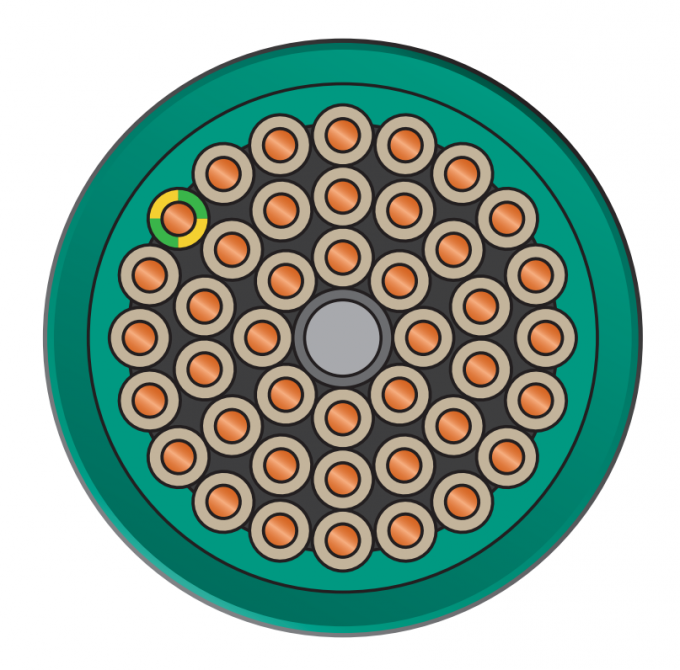

Applications and Use Cases
High-speed drum reeling polyurethane cables are specifically engineered for electric drive reels operating at speeds up to 200 m/min, representing the pinnacle of cable technology for dynamic applications. These cables excel in three primary reel configurations: monospiral reels, which provide organised cable winding in a single-layer spiral pattern; random winding reels, which accommodate varying cable lengths through automatic winding patterns; and level wind reels, which distribute cable evenly across the drum width for optimal space utilisation.
The versatility of these cables makes them indispensable across numerous industrial sectors. In port operations, shiploaders and unloaders rely on these cables to maintain continuous power supply whilst moving massive quantities of bulk materials between ships and shore-based storage facilities. The cables must withstand the harsh marine environment whilst providing reliable connectivity during rapid positioning movements.
Portal cranes represent another critical application, where these cables enable the precise movement of containers and heavy cargo across vast terminal areas. The combination of horizontal travel, vertical lifting, and trolley movement creates a complex dynamic environment that demands exceptional cable performance. Similarly, stacker-reclaimers in port terminals, mining operations, and bulk material handling facilities depend on these cables for continuous operation during material stockpiling and retrieval processes.
What sets these cables apart is their capability for both horizontal and vertical operations. Whether powering equipment that moves along ground-level tracks or operates in vertical lifting applications, the cable's design ensures consistent performance across all operational planes, making it a versatile solution for complex industrial machinery.
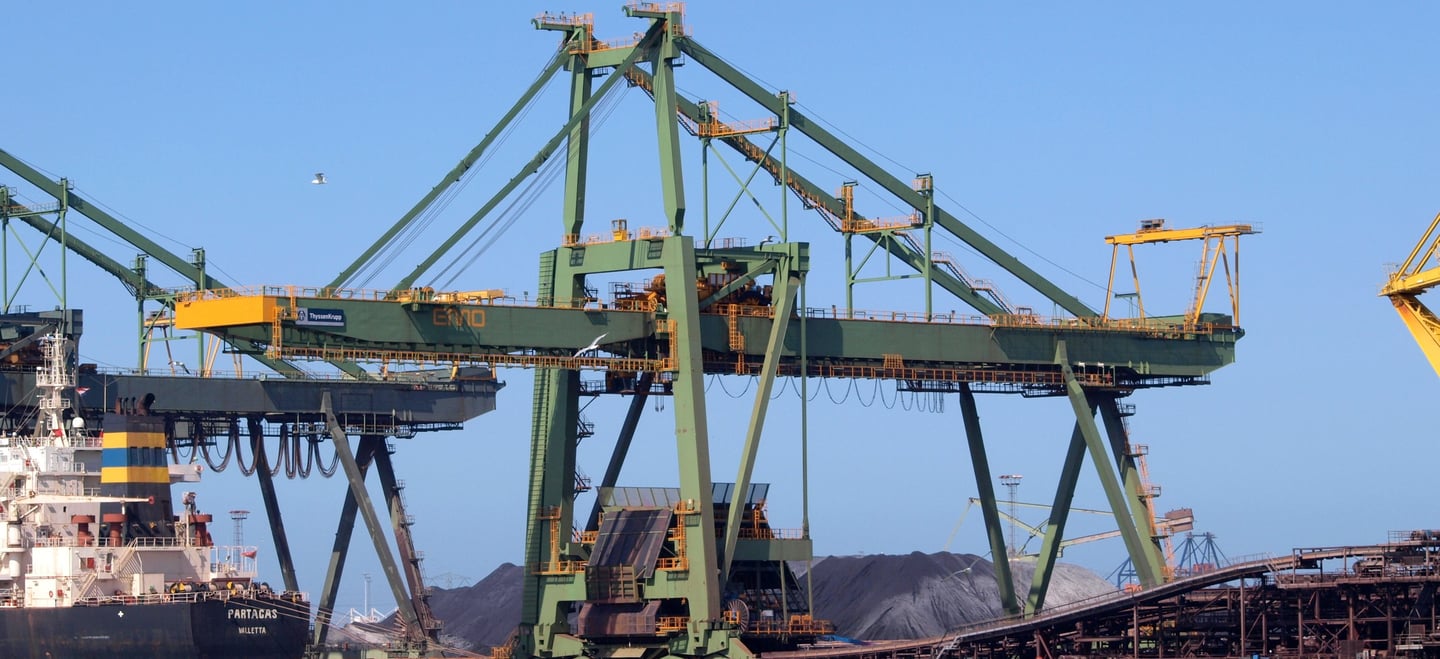

Key Performance Features
The highly abrasion-resistant polyurethane outer sheath represents the cable's primary defence against the mechanical rigours of reeling applications. This specialised polyurethane compound delivers exceptional resistance to surface wear, cutting, and gouging that would quickly compromise conventional cable sheaths. The material's unique molecular structure provides both flexibility and toughness, enabling the cable to withstand repeated contact with drum surfaces, guide rollers, and environmental obstacles.
Embedded within the cable structure is an anti-twisting textile braid that provides crucial stability during operation. This reinforcement prevents the cable from developing helical deformation under load, which could lead to premature failure or operational problems. The textile braid works in conjunction with the polyurethane sheath to maintain the cable's circular cross-section and prevent internal conductor displacement during dynamic movement.
Despite its robust construction, the cable maintains a slim profile that makes it particularly suitable for compact vertical installations where space constraints are paramount. This combination of flexibility and robustness enables installation in confined spaces whilst ensuring long-term reliability. The cable's electrical rating of Uo/U = 0.6/1 kV provides adequate voltage capacity for most industrial control and power applications, whilst maintaining safety margins required for demanding environments.
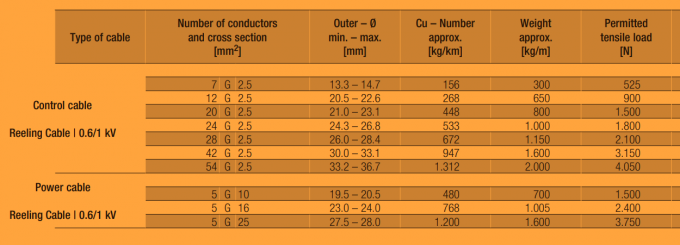

Mechanical & Dynamic Specifications
The cable's ability to operate at travel speeds up to 200 m/min in both horizontal and vertical orientations represents a significant engineering achievement. This velocity capability enables rapid positioning of heavy machinery whilst maintaining electrical continuity and mechanical integrity. The bi-directional speed rating ensures consistent performance regardless of operational direction, providing operational flexibility for complex machinery movements.
Minimum bending radii specifications are critical for proper installation and long-term performance. The cable requires a minimum bending radius of 6 times the cable diameter when wound on the spool, ensuring that internal conductors are not overstressed during normal winding operations. Guide devices require a 9 times diameter minimum radius, accounting for the additional mechanical stress imposed by directional changes. Anti-tension drums, which experience the highest mechanical loads, require a 4 times diameter minimum radius, reflecting the cable's ability to handle concentrated stress points.
The cable's tensile load-bearing capacity of up to 25 N/mm² enables it to support its own weight plus additional mechanical loads encountered during operation. This specification is particularly important for vertical applications where the cable must support extended lengths without compromising electrical or mechanical integrity.
An important limitation is that these cables are not recommended for use on pulleys, as pulley systems can impose different mechanical stresses that may exceed the cable's design parameters. Manufacturers should be consulted for alternative solutions when pulley systems are required.
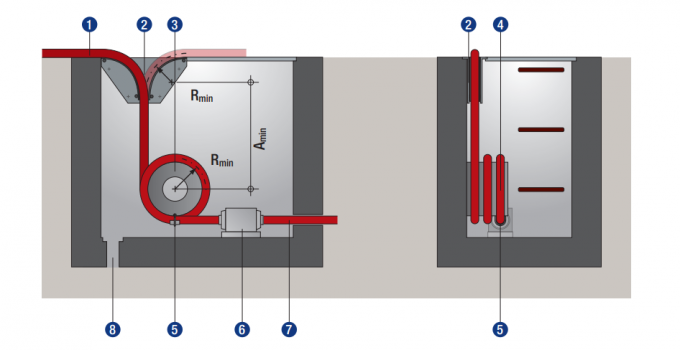

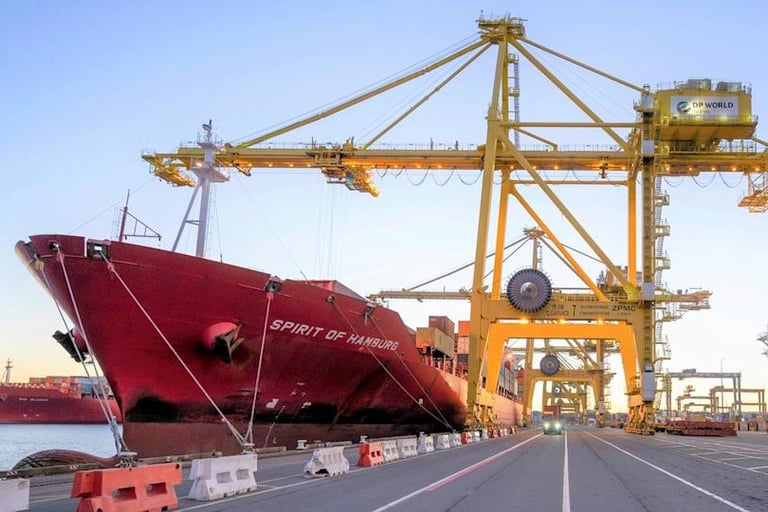

Thermal & Environmental Resistance
Operating temperature ranges demonstrate the cable's adaptability to diverse environmental conditions. For flexing applications, the cable maintains performance from -25°C to +60°C, covering the majority of industrial operating environments from cold storage facilities to heated processing areas. Fixed installations can tolerate an even broader range from -30°C to +60°C, reflecting the reduced thermal stress in stationary applications.
Internal conductor temperatures can reach 80°C during normal operation without degrading performance, whilst short-circuit conditions can be tolerated at temperatures up to 200°C. These thermal specifications ensure safe operation under both normal and fault conditions, providing essential safety margins for electrical protection systems.
Environmental resistance capabilities make this cable suitable for the harshest industrial conditions. UV resistance enables outdoor installations without degradation from solar radiation, whilst ozone resistance prevents deterioration in industrial atmospheres containing oxidising agents. Oil resistance is crucial for applications in hydraulic environments or areas where lubricants may contact the cable. Water resistance ensures reliable operation in wet conditions, from marine environments to wash-down areas in processing facilities.
The cable's low flammability rating according to IEC 60332-1 standards provides essential fire safety characteristics, whilst its halogen-free composition eliminates the generation of toxic gases in fire conditions. These characteristics make the cable safe for indoor installations, particularly in occupied areas or confined spaces.
Cable Construction & Materials
The cable's flexible copper Class 5 conductor, manufactured according to IEC60228/VDE 0295 standards, provides optimal electrical conductivity whilst maintaining flexibility required for dynamic applications. Class 5 conductors utilise fine copper strands that resist work-hardening and maintain electrical integrity through thousands of flexing cycles.
Core and multi-core insulation utilises polypropylene, a thermoplastic material that provides excellent electrical insulation properties whilst maintaining flexibility across the operating temperature range. Polypropylene's low dielectric constant and excellent moisture resistance make it ideal for power and control applications in demanding environments.
The dual-layer polyurethane sheath represents advanced materials engineering, combining an inner layer optimised for adhesion to the core assembly with an outer layer formulated for maximum abrasion resistance and environmental protection. This construction provides redundant protection whilst optimising each layer's performance characteristics.
Design and testing according to VDE 0250 standards ensures that every aspect of the cable's construction meets rigorous German engineering requirements, providing confidence in long-term performance and safety.
Certification and Compliance
VDE 0250 certification represents the gold standard for reeling cable quality assurance, encompassing comprehensive testing of electrical, mechanical, and environmental performance characteristics. This certification ensures that cables meet the most demanding requirements for industrial applications, providing peace of mind for engineers and operators.
Voltage testing conducted according to IEC 60502-1 standards verifies the cable's electrical integrity under both normal and overvoltage conditions, ensuring safe operation throughout the cable's service life. These tests simulate real-world electrical stresses to verify that the cable will perform reliably in demanding applications.
Frequently Asked Questions (FAQs)
Q: What's the maximum travel speed for this cable? A: The cable is rated for travel speeds up to 200 m/min for both horizontal and vertical movement, making it suitable for high-speed industrial applications such as portal cranes and rapid positioning systems.
Q: Is the cable suitable for vertical use? A: Yes, the cable is specifically designed for vertical dynamic applications, with appropriate tensile strength to support extended vertical runs whilst maintaining electrical and mechanical integrity.
Q: What's the operating temperature range? A: For flexing applications, the cable operates from -25°C to +60°C, whilst fixed installations can tolerate -30°C to +60°C. Conductor temperatures can reach 80°C during normal operation.
Q: Is it weather and oil resistant? A: Yes, the polyurethane sheath provides comprehensive environmental resistance including UV rays, ozone, oil, and water, making it suitable for both indoor and outdoor applications.
Q: What's the rated voltage? A: The cable is rated at Uo/U = 0.6/1 kV, providing adequate voltage capacity for most industrial power and control applications whilst maintaining appropriate safety margins.
Conclusion
VDE 0250 certified high-speed polyurethane drum reeling cables represent the pinnacle of engineering achievement for demanding industrial applications. The combination of highly abrasion-resistant polyurethane construction, anti-twisting reinforcement, and comprehensive environmental resistance makes these cables ideally suited for the most challenging reeling systems operating at speeds up to 200 m/min.
The cable's versatility across horizontal and vertical applications, combined with its robust mechanical specifications and comprehensive environmental resistance, provides a reliable solution for portal cranes, shiploaders, stacker-reclaimers, and other mission-critical machinery. VDE 0250 certification ensures that these cables meet the highest standards for safety, performance, and reliability, providing confidence for engineers and operators in demanding industrial environments.
For facilities requiring dependable electrical connectivity in high-speed, high-stress applications, this polyurethane reeling cable delivers the performance characteristics essential for safe, efficient, and cost-effective operations across diverse industrial sectors.
How to Reach Us
Get in Touch
SiteMap
Product Catalogue
Reeling Cable
Festoon Cable
Shore Power Cable




Scan to add us on WeChat
